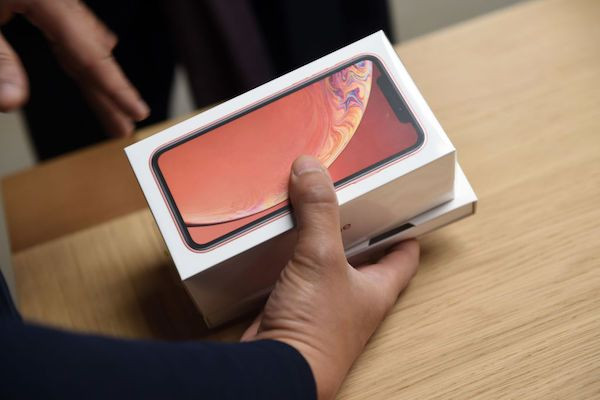Apple iPhone XR Attracted Hordes Of Android Switchers, Research Reveals

Apple’s most affordable handset this year did not only win the favor of iPhone 8 and iPhone X owners, but it also managed to attract hordes of Android switchers during its first month of availability, a research report has revealed.
A new report published by Consumer Intelligence Research Partners (CIRP) disclosed Wednesday that the iPhone XR garnered 32 percent of U.S. iPhone sales for the 30-day period following the release of the low-cost model on Oct. 26.
According to the report, the iPhone XR did better than the iPhone X, iPhone 8 and iPhone 8 Plus in terms of sales that accounted for Android switchers. During its first month, the device attracted 16 percent of Android users, while the iPhone X only had 11 percent during the same initial period of availability. On the other hand, the combined sales from Android users of the iPhone 8 and iPhone 8 Plus was 12 percent.
“It appears that iPhone XR did serve to attract current Android users,” CIRP partner and co-founder Mike Levin said. “Of course, Apple doesn’t just state plainly its launch strategy. But, based on the pricing and features, we can infer that Apple positioned the iPhone XR to appeal to potential operating system switchers from Android.”
Pricing has always been the number one factor that switchers consider. CIRP reported in June that Android users were more likely to switch to Apple’s cheapest model, which at the time of the report was the iPhone SE, because they were hesitant to splurge on the iPhone X.
Several outlets have been reporting this year that Apple’s pricing for its new iPhones was too high. There were even sources who claimed that this resulted to the “disappointing” performance of the iPhone XR. However, AppleInsider said that compared to its rivals, Apple’s handsets were fairing better amid slipping global demand.
Despite the pricing hullabaloo, Apple still had better chances of selling newer models to previous clients. Merrill Lynch Global Research previously revealed that the loyalty of iPhone buyers is significantly higher than those of other brands of smartphones. About 70 percent of Apple users were found to be eager to continue using iPhones, while only about 54 percent of Samsung and Huawei customers showed loyalty to their chosen brand.
Therefore, it does not come as a surprise that out of Apple’s smartphone sales for the first month of the iPhone XR, 82 percent of sales accounted for iPhone users. During the iPhone X’s first month, 86 percent accounted for iPhone upgraders. Additionally, 87 percent upgraded from an iPhone when the iPhone 8 and iPhone 8 Plus were initially launched on the market.
© Copyright IBTimes 2025. All rights reserved.





















